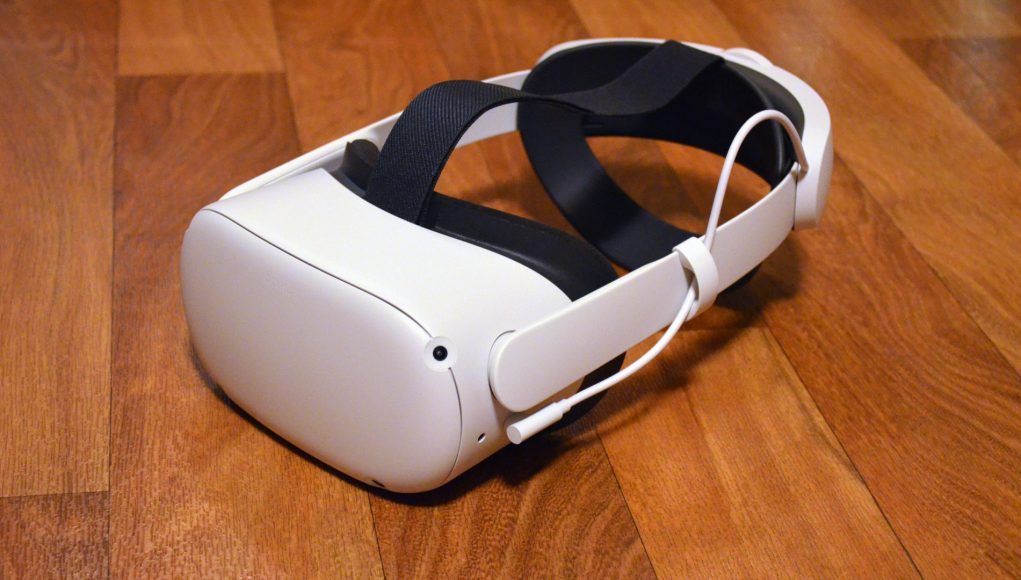Quest 2 is the first Oculus headset to get official head strap accessories. There’s two to choose from: the Elite Strap, which offers a rigid strap with counterweight, and the Elite Battery Strap, which is essentially the same but with an even better counterweight thanks to an included battery. Here’s our review of both options.
So right up front I’d like to say: no matter which one you pick, if you’re a serious VR user (ie: not a first-timer), I’d highly recommend either of these Quest 2 headstrap accessories over the soft strap that comes included with the headset. As we found in our full Quest 2 review, the soft strap just doesn’t do a great job of keeping the headset comfortably on your face.
But the Elite Strap accessories aren’t just an improvement over the Quest 2 soft strap, they’re the best strap design the company has made yet on any of its VR headsets, and both feel very well built.
Quest 2 Elite Strap & Elite Strap with Battery
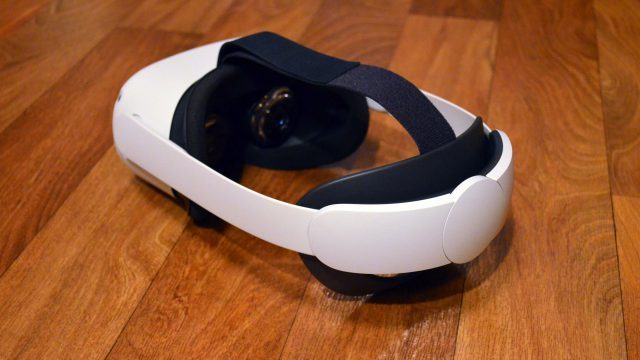
It’s about time Oculus started offering accessory upgrades for its headsets. For the first time with Quest 2 you can get the Elite Strap (priced at $50 on Amazon) and the Elite Battery Strap (bundled with a case for $130 on Amazon). And fortunately they don’t disappoint.
The thing that makes these headstraps great is that they’re the first from Oculus (or really any headset maker so far) that makes it really obvious how to find the right fit. This has been a persistent issue with VR headsets from the start, with many first-time users not adjusting their headstraps correctly, leading to discomfort.
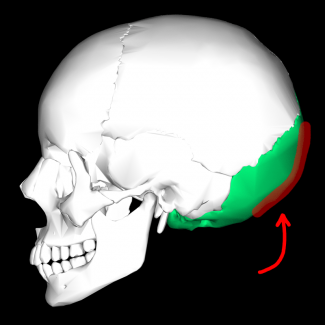
It’s the rear rubber piece, and the particular way it’s mounted to the strap, that’s the key here. The shape has a pronounced ‘underscoop’ that makes it easy to tell by feel alone; it naturally grips your occipital bone, the part of your skull which first juts outward if you trace a line along the back of your neck and up to your skull.
Basically, with the Elite Strap and Elite Battery Strap for Quest 2, if you aren’t wearing if right, you’re going to feel that it’s in the wrong spot. Once you do find that sweet spot around the occipital bone, it’ll be really clear that’s where it’s supposed to rest. And that makes a big difference because the strap is designed to grip in such a way that it distributes much more of the headset’s front weight to the top of your head instead of simply tightening the strap like a vice against your face.
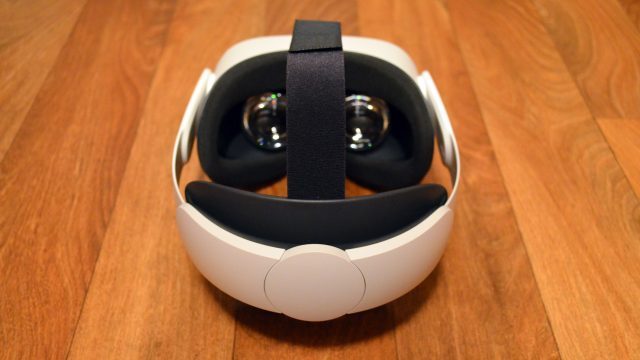
Once you’re ready to tighten the strap, the dial on the back really makes it a breeze. As you twist the dial, the headset will tighten in small increments delineated by audible clicks. If you want to loosen the headstrap, just spin the dial the other way.
While the rigid nature of the strap improves its comfort, the extra weight in the back makes a big difference too by counterbalancing the otherwise front-heavy headset.
The Elite Strap and Elite Battery Strap share the same fundamental design; the only major difference is the rear part of the Elite Battery Strap is about twice as thick and twice as heavy since it houses an extra battery—which Oculus says will double the battery life of Quest 2.
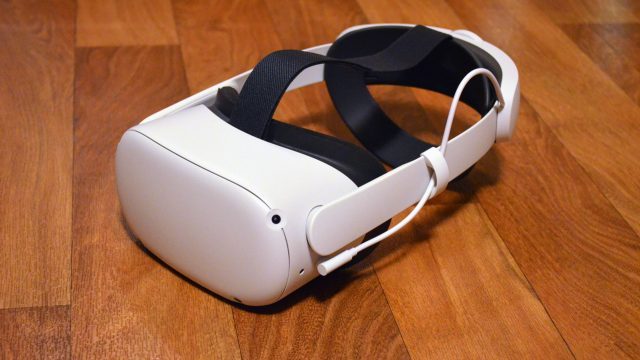
A short cable runs along the left side of the Elite Battery Strap which plugs into the side of Quest 2 to feed it power. The underside of the battery portion has its own USB-C charging port, allowing you to plug in your Quest 2 to charge both the extra battery and the headset at the same time.
In terms of comfort, I’d say that the Elite Battery Strap has a slight edge over the Elite Strap because the increased weight offers an even better counterweight, making for a more balanced headset overall.
Downsides of the Elite Straps
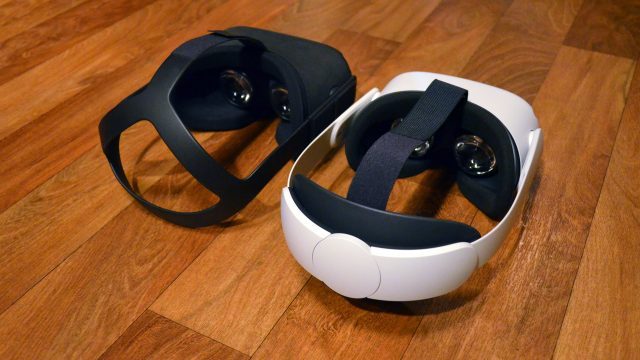
There’s really only one thing I’m missing with the Quest 2 Elite Strap accessories, and that’s the spring-fitting mechanism used in the original Rift and Quest headsets. The strap design had a spring built into the struts which made it really easy to put the headset on and pull it off without loosening or tightening it once you already found your ideal fit.
The Elite Strap accessories don’t have this, so usually you’ll end up tightening it every time you put it on and loosening it every time you take it off. It’s not a major difference, but having that springy action would make taking the headset off and on a bit smoother.
Although you won’t have to deal with it often (unless you’re juggling straps), the way that the Elite Straps attach to Quest 2 is just kind of… weird. Instead of some kind of latching mechanism, the Elite Straps have a sort of self-clasping design which grip snuggly onto the headset’s struts.
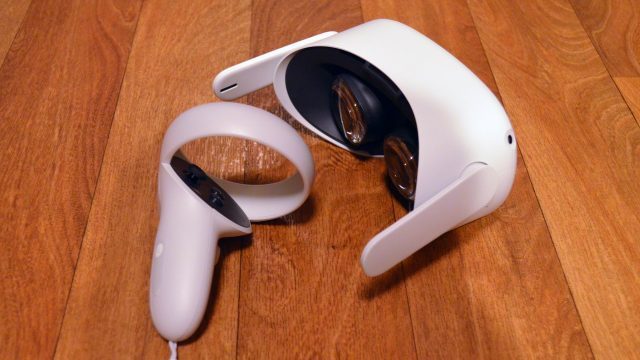
It seems to work just fine, but removing the original headstrap always makes me feel like I’m going to break something, and attaching the new straps is an awkward affair since there’s no clear starting point. You’ll figure it out eventually, but something more intuitive would have been welcomed.
If you’re the kind of person that expects to be laying down or learning your head back against something while using Quest 2 for media viewing, the Elite Straps probably aren’t a good choice. The counterweight and dial housing is a bit too large not to get in the way.
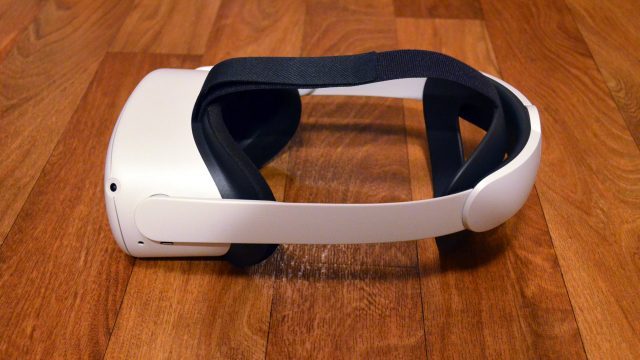
And for anyone wondering if you can use the Elite Battery Strap to charge the headset while using Oculus Link, unfortunately the answer is no. The USB cable that runs from the battery to the headset appears to be for power only, which means no data is passed through the cable if you plug your Oculus Link cable into the battery’s USB port. You’ll need to unplug the Elite Battery Strap’s side cable to use the Quest’s own USB port for the Oculus Link cable.
And last but not least, there’s the odd caveat that the Elite Battery Strap is only sold bundled with the Quest 2 case. So while you can buy the regular Elite Strap by itself for $50, if you want the Elite Battery Strap you have to buy the bundle which includes the Elite Strap with battery and Quest 2 case for $130.
Speaking of the case…
Oculus Quest 2 Case (included with Elite Battery Strap)
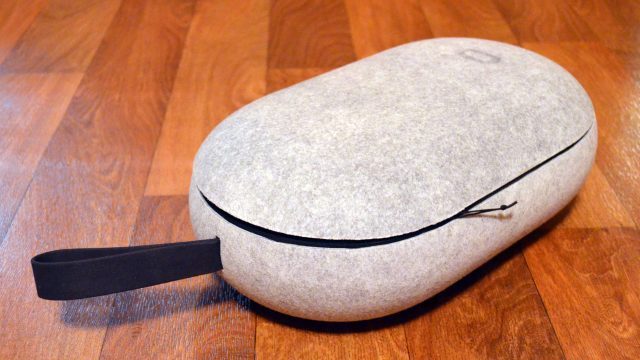
Since the Elite Battery Strap can only be bought in a bundle with the Quest 2 case, we might as well have a quick chat about it.
From a functionality standpoint it works just fine and is a slight improvement over the original case as Quest 2 slides into it more easily. There’s built-in room for the controllers, even if the plastic piece inside that’s meant to hold them doesn’t clearly indicate the intended controller orientation.
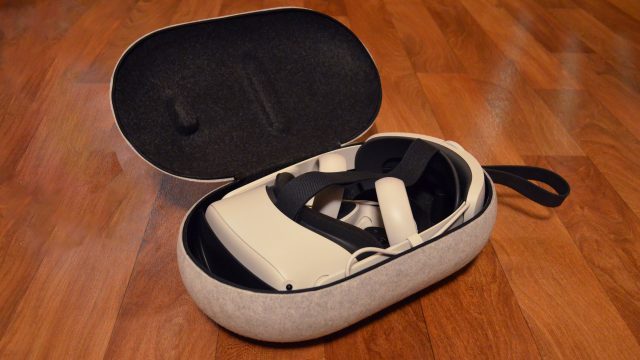
While it feels pretty well put together, I imagine the aesthetics will be a bit divisive. The outer skin is covered in a white and nearly hairy feeling material. This alone wouldn’t be too much of an issue, I’d guess, if not for the zipper opening which presents itself as a highly contrasted black line around the whole case. Especially because this line doesn’t have a uniform width all the way around, it can make the case look poorly crafted at times.
But for my taste, I’m not buying a case for fashion’s sake—it serves its purpose perfectly well as a tote for the Quest 2, controllers, and charger.
– – — – –
The Oculus Quest 2 Elite Strap and Elite Battery Strap accessories feel very well built and come highly recommended thanks to their intuitively fitting design and improvements to comfort over the default soft strap. The Elite Battery Strap has a slight edge on comfort thanks to the additional counterweight from the battery, but unfortunately it can only be bought bundled together with the Quest 2 case.
If you’re a first-time VR user or someone who plans to use Quest 2 more for seated (or reclined) media viewing than anything else, you might want to keep the default strap first for a few hours of wear before opting for an upgrade. But if you’re a serious VR user who intends on spending plenty of time in the headset, we’d suggest going for the strap upgrade right away.

